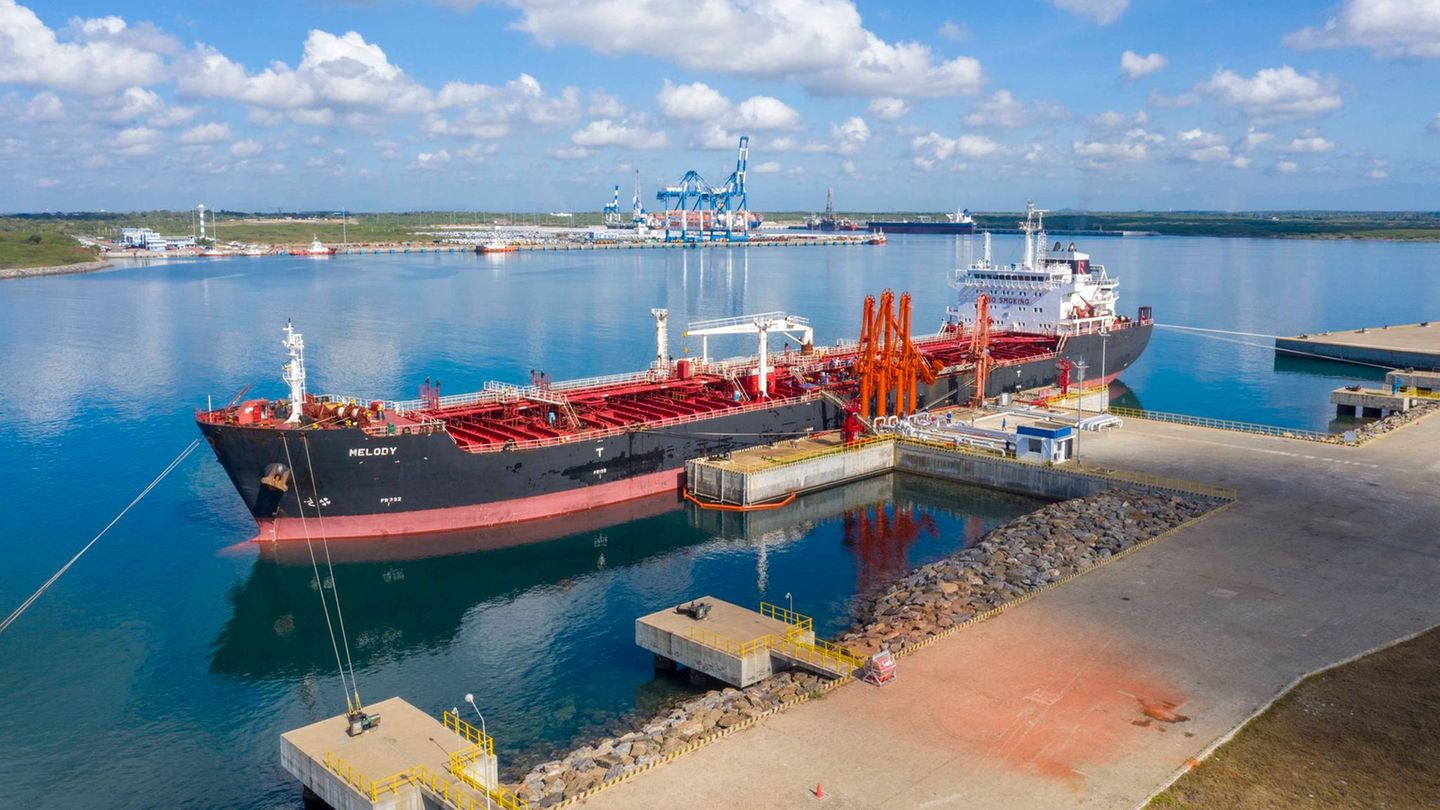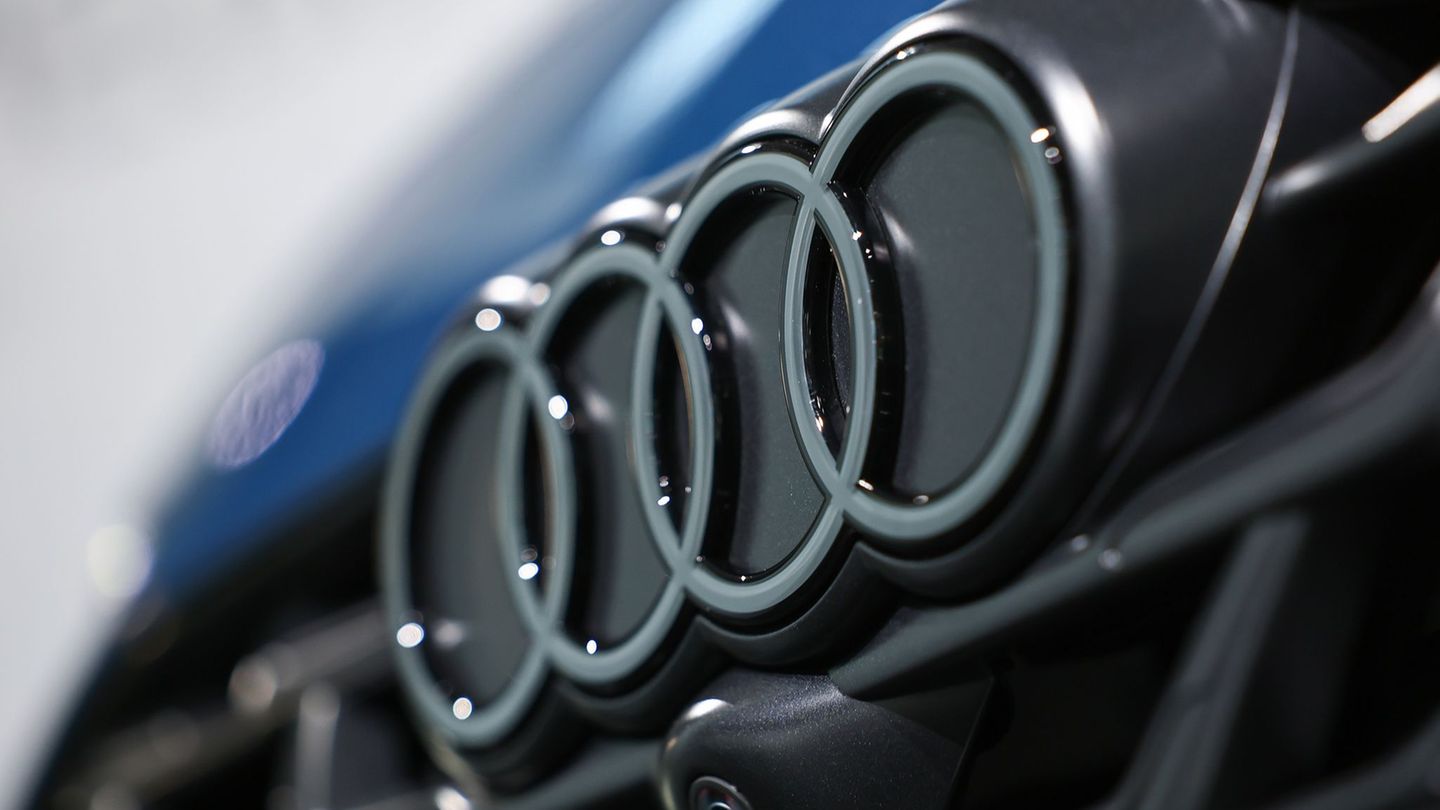The “New Silk Road” is China’s most important prestige project. It is intended to promote trade and at the same time strengthen China’s position of power. But now a fiasco is imminent. Experts are already seeing parallels to the 2008 euro crisis.
The Silk Road was once the most important trade route on earth. It connected the Far East, Central Asia, the Mediterranean, Europe and parts of Africa. Even in ancient times, valuable silk was sold here to the west and precious metals and cotton to the east. Up until the 16th century, it enabled the exchange of goods, cultures and customs. With the increasing decentralization of trade, the drying up of important rivers and many conflicts along the route, the Silk Road lost its importance in the Middle Ages.
But for several years, China has been working flat out to revive the trade route. At least since Xi Jinping has been in charge of the country, the “New Silk Road” has become the most important prestige project in the People’s Republic. Money was not an issue for a long time. China granted billions in loans to developing and emerging countries in order to massively expand their infrastructure. But the Middle Kingdom has apparently gotten carried away. As a new study by the Kiel Institute for the World Economy, AidData, the Harvard Kennedy School and the World Bank now shows, the project threatens to become a billion dollar grave.
New Silk Road: 60 percent of foreign loans are at risk of default
As the researchers reported, 60 percent of the foreign loans given by China threatened to default last year. In 2010, this share was five percent. In order to ensure solvency, Beijing is making additional emergency loans: By the end of 2021, China had granted 128 rescue loans in 22 countries – with a total volume of almost 240 billion US dollars. Most of it was made available through central bank loans: $170 billion. According to the authors of the study, this type of loan is particularly difficult for outsiders to understand.
Three aspects of Beijing’s financing strategy are noteworthy. First, she raises the question of the general future of the Silk Road. Because most emergency loans are refinancing loans to extend terms or payment terms or to pay off debts that are already due. The actual lending for the expansion of infrastructure or energy projects has largely been stopped.
In addition, Beijing treats its debtor countries very differently. For example, China’s top priority is to support middle-income countries, because they account for 80 percent of all Chinese foreign loans – in figures almost 500 billion dollars. They have to be protected. Accordingly, in the event of payment difficulties, these countries would also reliably receive fresh loans to pay off old debts and thus remain solvent.
Researchers see parallels to the euro debt crisis of 2008
However, the situation is different in low-income countries. These do not play such a big role for China. The risk of payment defaults is manageable due to the lower sums. Accordingly, these states rarely receive additional funds and have practically only two ways out of this insolvency: state bankruptcy or debt restructuring to defer payments.
The third notable point the researchers uncovered is an analogy to the 2008 European financial crisis. When countries in southern Europe like Greece ran into financial difficulties, the European Union supported them with billions in loans. However, less to do the partner country a favor than to save local banks that had invested heavily in these countries. If, for example, Greece had had to declare bankruptcy, this would also have had an impact on banks in other countries – a domino effect would have occurred.
A similar horror scenario would also threaten the Chinese banks if their biggest debtors were to become insolvent. According to the researchers, this also explains why China is now investing heavily in these states: Beijing has taken a high risk by financing unstable states and is now trying to save its own banks.
Sometimes enemy, sometimes friend
Russia and China – Stations of an uncanny friendship
Whether risky or not, the study makes it clear how great Beijing’s influence on the global financial economy has become. So far it has not been known that China has also set up a system to rescue countries in crisis. This could be a harbinger of a new, fragmented financial system in which the USA is not alone in distributing rescue packages to crisis-hit countries.
China may have to become the manager of its own financial crisis
Former emerging countries such as India or China, which used to be dependent on funds from the West, have become global players and are therefore increasingly appearing as creditors themselves. This is particularly interesting in view of China’s Silk Road Initiative. The Middle Kingdom is apparently now so solvent that it can finance such a decade-long project on its own. However, the authors of the study criticize the fact that the funds are distributed bilaterally and in a non-transparent manner. In other words: If Beijing stops providing loans to certain countries and the International Monetary Fund has to step in, for example, there will be no coordination or agreements, since the financing has previously only been clarified between Beijing and the country concerned.
Geopolitically, this means that China can buy influence – or rather dependencies. The countries that were too uninteresting for the West for decades, and in some cases still are, are now being financed by Beijing – albeit at a high price. Because the average interest rate for loans from China is five percent, well above that of the International Monetary Fund (two percent). For years, critics have accused the People’s Republic of luring small countries into the debt trap with loans and promises related to the Silk Road. Now China may soon have to prove itself as the manager of its own financial crisis.
Sources: ,
Source: Stern
I have been working in the news industry for over 6 years, first as a reporter and now as an editor. I have covered politics extensively, and my work has appeared in major newspapers and online news outlets around the world. In addition to my writing, I also contribute regularly to 24 Hours World.




